The special national relic Serepok River Crossing Wharf (Krong Na commune, Buon Don district, Dak Lak province) is one of the typical relics on the legendary Truong Son Road.
During the resistance war against American imperialism, large quantities of food, weapons, etc. were transported across the Serepok River to support the southern battlefield. Therefore, this place was a fierce point of attack by the enemy.
Today, the Serepok River Crossing Wharf has become a "red address"educating the indomitable fighting tradition of previous generations, contributing to writing the heroic history of the Vietnamese people.
Faced with the rapid change of the battlefield situation in the South, from the dry season of 1973 to May 1975, Division 470 (Truong Son Command) built bridges and roads from Highway 19 to the Southern Central Highlands, built underground tunnels for tanks, bridges for cars, heavy artillery, and infantry to cross the Serepok River, contributing to the victory of Buon Ma Thuot, liberating Dak Lak province (March 10, 1975) and rapidly advancing straight to liberate Saigon, unifying the country on April 30, 1975.
The Serepok River crossing became the focus of fierce attacks by the US-puppet imperialist air force and artillery, causing 57 officers and soldiers of Division 470 to die and many comrades to be injured.
Currently, a stele has been built here to record the names of heroic martyrs to worship next to the Serepok River crossing.
Today, the Serepok River Crossing Wharf and the Monument to the Martyrs are located within the management area of the Serepok Border Guard Station (Dak Lak Provincial Border Guard), managed, protected and landscaped by border guards.
The special national relic of Serepok River Crossing Wharf is also a place that cadres, soldiers and people from all walks of life often visit to learn about the history and heroic struggle of our army and people on the legendary Truong Son Road.
Lieutenant Colonel Nguyen Van Kieu, Political Commissar of Serepok Border Post, said that after the liberation day, the Serepok River Crossing Wharf had completed its historical mission, and the entire bridge and ferry system had been moved to another location by our army.
Currently, on the northern bank there is still an iron stake on the left side and a wooden stake on the right side with a diameter of 15 cm, used during the war to tie anchor ropes to hold ferries for people and vehicles to cross the river.
On December 9, 2013, the Prime Minister issued Decision No. 2383/QD-TTg on ranking the Truong Son Road-Ho Chi Minh Road Relic, in which the Serepok River Crossing Wharf was ranked as a Special National Relic.
According to Lieutenant Colonel Nguyen Van Kieu, located in the area with the special national relic Serepok River Crossing Wharf and the Monument to Heroic Martyrs, generations of officers and soldiers of the unit have always paid attention to protecting, preserving and embellishing the landscape here.
The unit regularly organizes propaganda and education activities for cadres, soldiers and people of all walks of life, especially the young generation in the border area, about the role and historical significance of the Serepok River Crossing Station for the legendary Truong Son Trail; the heroic, indomitable and resilient fighting tradition of the “Uncle Ho” soldiers.
At the Serepok River Crossing, human and material resources from the great Northern rear area were transferred to the Southern battlefield, contributing to resounding victories, liberating the South, unifying the country - connecting the mountains and rivers.
“Today, officers and soldiers of the unit are always aware of the honor and responsibility when performing the task of protecting the territorial sovereignty and national border security, especially in the area with the special national relic Serepok River Crossing Wharf. From there, we strive to contribute, worthy of being the generation following in the footsteps of our ancestors, determined to firmly protect the territorial sovereignty and border security of the country, and build the border area to be increasingly prosperous and beautiful,” said Lieutenant Colonel Nguyen Van Kieu.
During the historic days of April, learning about the process of fighting, building and protecting the Serepok River Crossing Wharf, Sergeant Le Trung Nguyen (student of K35, Border Guard Academy) could not help but be moved to share that after directly visiting, learning and listening to the introduction from the Political Commissar of the Serepok Border Guard Station, he understood more about the hardships, the great sacrifices as well as the fighting spirit and determination to defeat the enemy and liberate the nation of the generations of our ancestors at the Serepok River Crossing Wharf.
As a soldier, he will follow the tradition of his ancestors, constantly strive to study, train, and become a "Uncle Ho" soldier in the new era, dedicating his efforts to contributing to the cause of building and protecting the Fatherland today.
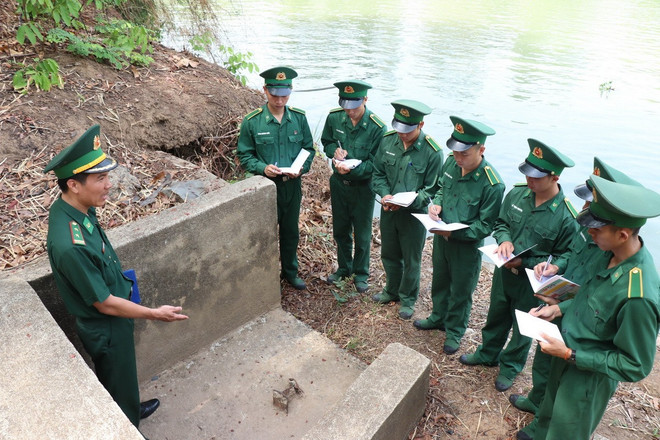
Sharing the same sentiment, Sergeant Ton That Bao Chau (student of K35, Border Guard Academy) said that during his internship at Serepok Border Guard Station, he and his teammates were fortunate to learn about the legendary Truong Son route as well as the heroic fighting process, ready to sacrifice for national independence of our army and people.
“The touching stories and the remaining traces at the Serepok River Crossing Wharf as well as the incense sticks that the younger generations offer to the Monument to the heroic martyrs on the banks of the Serepok River… have further fostered the love for the homeland and country and the pride in the fighting process of the heroic Vietnam People’s Army. This is also a great motivation, urging myself and my teammates to constantly strive and strive in studying and training to follow in the footsteps of previous generations, contributing to the cause of building and defending the Fatherland,” said Sergeant Ton That Bao Chau.
The war has ended 50 years ago, but the historical vestiges at the Serepok River Crossing Wharf still stand the test of time, a clear testament to a glorious time of living and fighting until the day of total victory of the Truong Son Troops, the army and people of the ethnic groups in Dak Lak province.
This is also a "red address" to educate the tradition of patriotism and national pride for future generations; thereby, making them aware of their role and responsibility towards their homeland and country in the era of national development./.
Source: https://www.vietnamplus.vn/phat-huy-gia-tri-cua-di-tich-quoc-gia-dac-biet-ben-vuot-song-serepok-post1035792.vnp


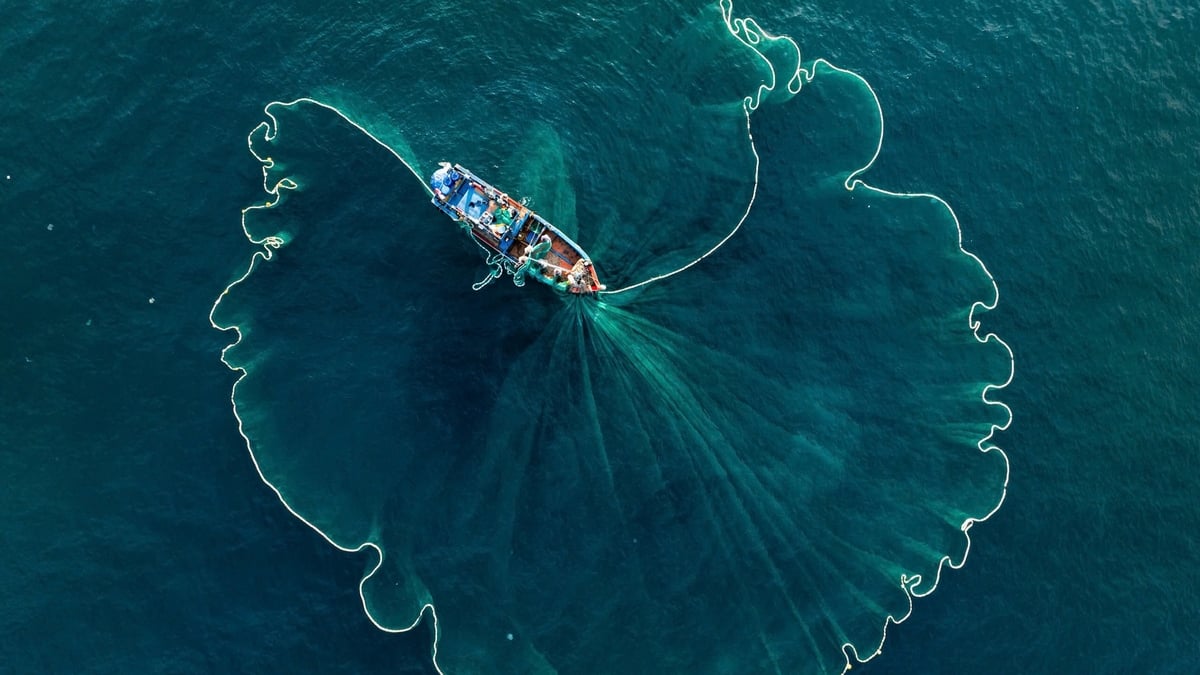

![[Photo] Award ceremony for works on studying and following President Ho Chi Minh](https://vphoto.vietnam.vn/thumb/1200x675/vietnam/resource/IMAGE/2025/5/20/a08ce9374fa544c292cca22d4424e6c0)

![[Photo] Vietnamese shipbuilding with the aspiration to reach out to the ocean](https://vphoto.vietnam.vn/thumb/1200x675/vietnam/resource/IMAGE/2025/5/20/24ecf0ba837b4c2a8b73853b45e40aa7)
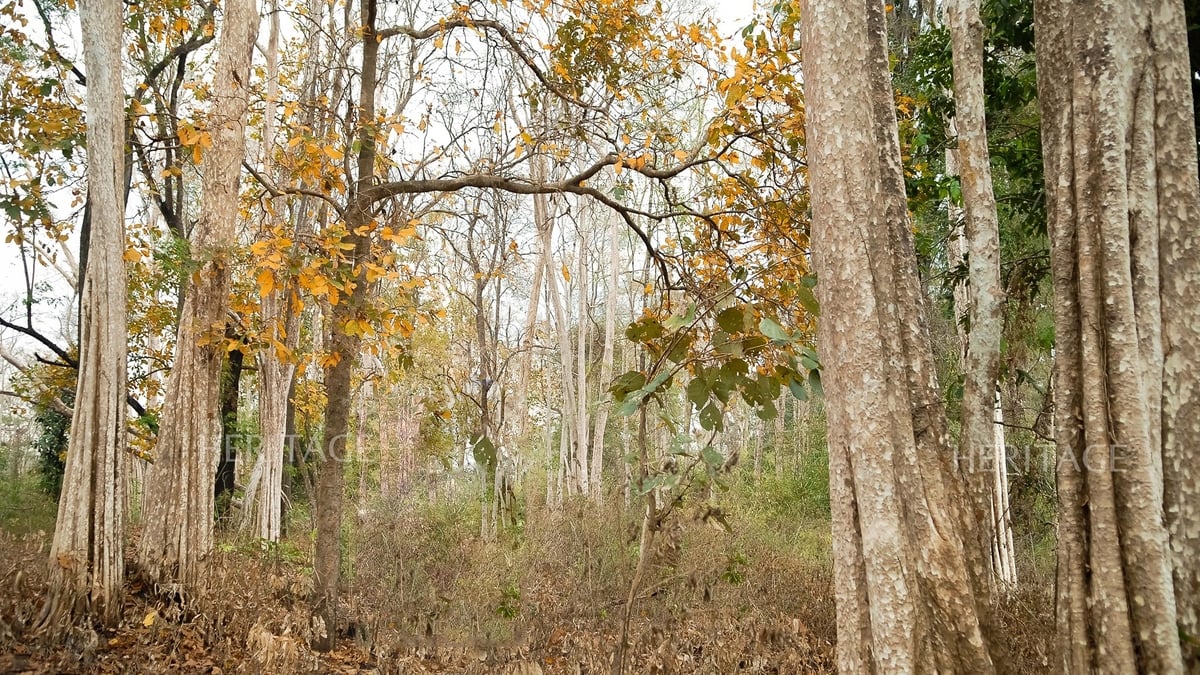




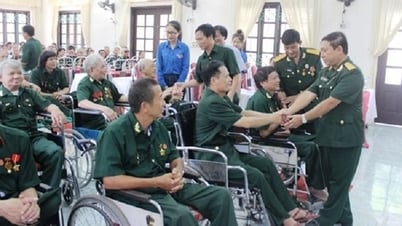

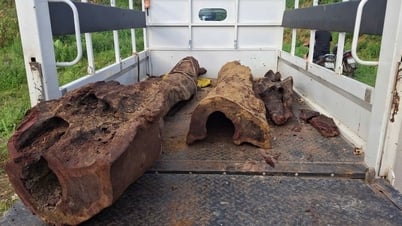









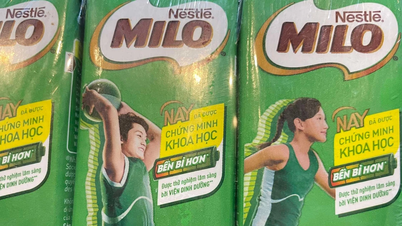


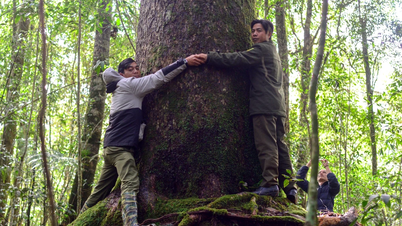

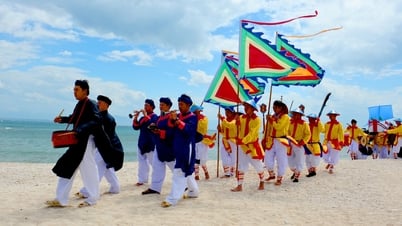


















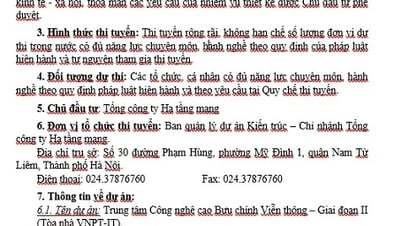







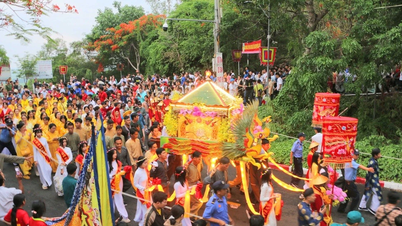

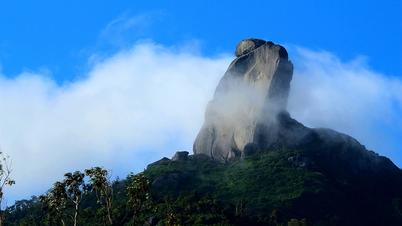
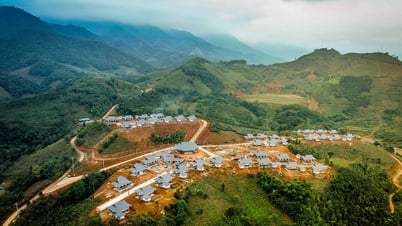









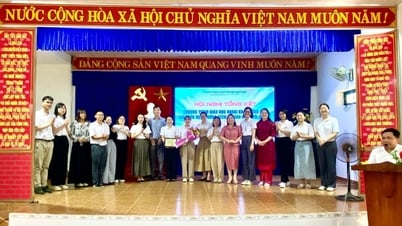







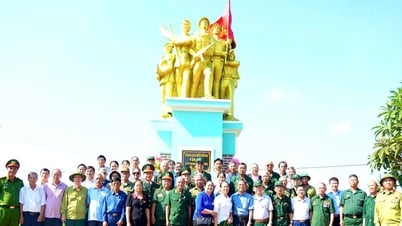
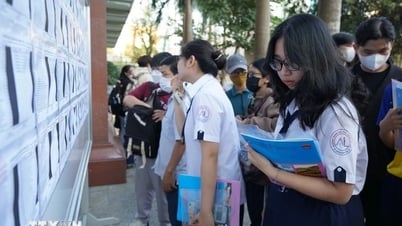










![[VIDEO] - Enhancing the value of Quang Nam OCOP products through trade connections](https://vphoto.vietnam.vn/thumb/402x226/vietnam/resource/IMAGE/2025/5/17/5be5b5fff1f14914986fad159097a677)
Comment (0)